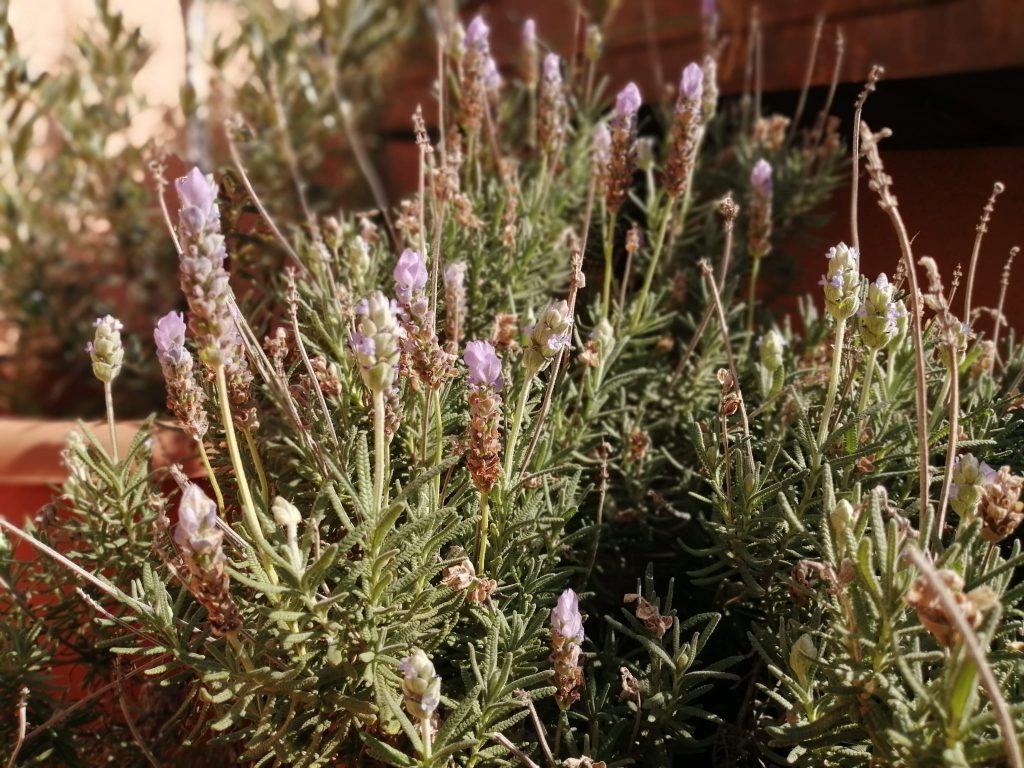
I am starting this blog with a passion that I am discovering more and more about every day. It will be my way of showing you that in simplicity we sometimes find powerful help.
Today I begin with a brief introduction to medicinal plants, although little by little we will see them individually with their uses.
Medicinal plants have been present in our culture since ancient times to perfume our dishes, to preserve food and as a therapeutic tool to treat or prevent illness. Many people tell me that the word camomile evokes a feeling or memory of vomiting. This has its logic, chamomile is a plant that in quantity can be emetic, it makes you want to vomit, it is also a good digestive and anti-inflammatory concoction. When we were children, almost all of us were offered chamomile when we had a tummy ache, with the desired results… What memories!
Even from prehistoric times to the present day, humans and animals have used this natural remedy for its medicinal properties. Plants communicate with their environment through their essences and characteristics such as colours, shapes or textures. These are their tools to ensure their reproduction and survival. Their charm can be their most lethal poison.
In ancient times, knowing how to make therapeutic use of plants could be a skill or a death sentence. Women who were experts were condemned as witches for their ability to heal using the elements of nature, such as medicinal plants, resins and mushrooms found in the forest.
This wisdom was passed down from mother to daughter and unfortunately, in many societies, has not reached today’s generations.
In my native languages, Catalan and Spanish, we find many sayings about herbal remedies and plants that already tell us why we should use them. What about in English? Are there any folk sayings that you may share with us?
Great love affairs start with Champagne and end with tisane.
Don’t miss next week’s blog on traditional herbal shops, have you ever heard of them? Is there one where you live?